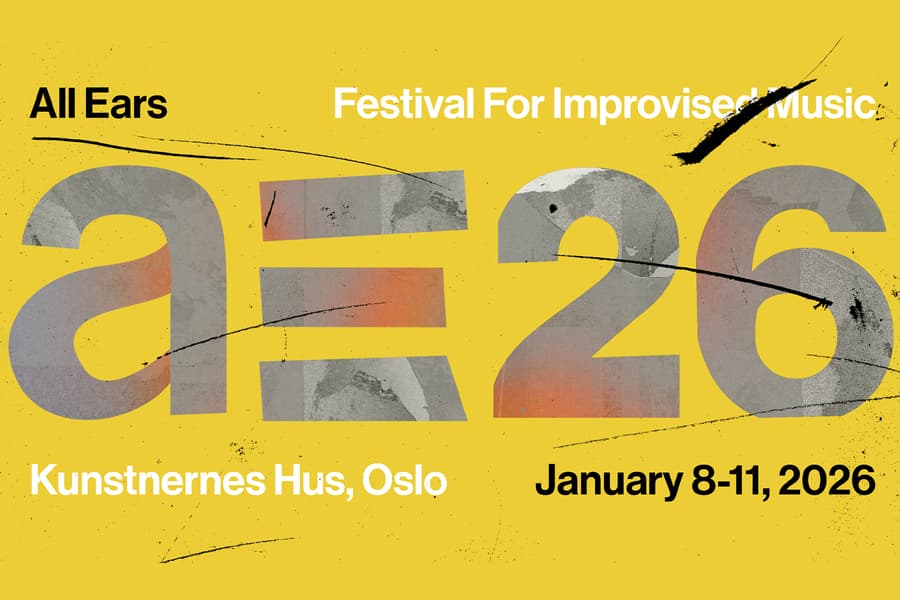Travelling, belonging
Friday 25.11.22

In this Agenda we wish to give an insight into romani/tater culture, not only through history, but as a living part of our contemporary culture.
The Agenda seminar series is a collaboration between Oslo National Academy of the Arts and Kunstnernes Hus.
About the seminar
One of my first impressions, and insights into, the history of Tatere in Norway was through Vibekke Løkkeberg’s documentary in the program Vindu mot vår Tid from 1973 where she uncovered and revealed the conditions at Svanevik working-colony, founded and run by Norsk Misjon. The documentary, which when first aired caused an outcry towards Svanevik and their treatment of taterene, also revealed a a part of Norwegian history, and the contemporary, which I honestly have to say I was unaware of. And in Norway we have five national minorities, defined as groups with a longstanding national, historical, cultural and social bond to Norway. In Norway romer and romanifolk/tatere together with kvener/norskfinnar, jødar, and skogfinnar the five groups who are defined as national minorities and protected by the European Council’s Framework Convention for the Protection of National Minorities and the European Charter for Regional or Minority Languages. In thus Agenda we wish to give an insight into romer and romanifolket/tater culture, history, and also view it in the contemporary. Then not as a historic occurrence, something that has been and happened, but as a living part of our contemporary culture.
Norway today, and the world for that matter, can at times be perceived as rather complicated. Occurrences and history mesh together and hit you like a tidal wave. Where you might be left standing, wondering, how one is to understand the complexities of it all. But, the question is not if we have to understand our time completely, but perhaps that we can let it be an open space for discussion, where we can also look back and try to understand how we ended up where we are.
There has lately been a lot of discussion on how we are to understand said history, how it has been written, and how it should be represented and understood—perhaps re-written—today. And beyond doubt, to show the complexities of history and how it has been perceived and written will give us a better and more complete vista of our time, it is a logic that is difficult, if not impossible, to argue against.
This Agenda is then a meager beginning in understanding the multitude of cultures around us, the cultures that make up society as a whole. It is in no way complete, but then it is our responsibility to begin somewhere, to see, understand, and question the time and place we are living in and through. Historical occurrences can become contemporary realities. But in our contemporary we have the power to muster a collective force that can embrace—not only the singular—but the multitude of cultures, expressions, ideas, and people into one existence, that at the same time values the history and uniqueness of each. In this embrace we can listen, converse, and realize the beauty in the multifaceted time we are living in.
Program
09:30 Coffee
10:00 welcome - Marius Moldvær
10:15 - 11:00 Hanna Gjelten Hattrem - Romani (self)representation
11:15 - 12:15 Elin Thomasson and Angelica Ström - on Rosa Taikon (1926-2017)
12:15 - 13:00 Lunch
13:00 - 13:45 Lillan Støen and Holger Gustavsen
14:00 - 14:45 Elias Akselsen
15:00 - 15:30 Q&A


